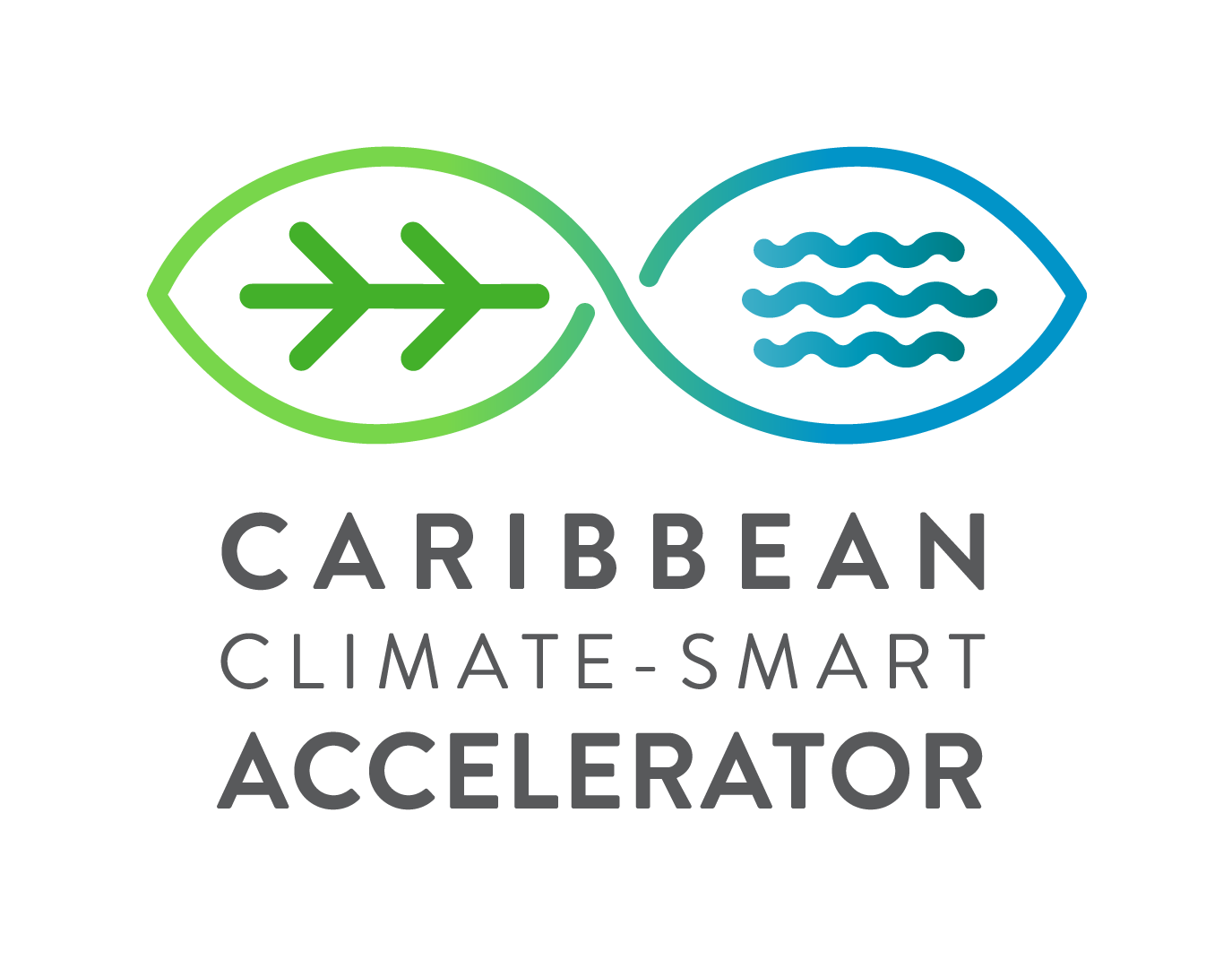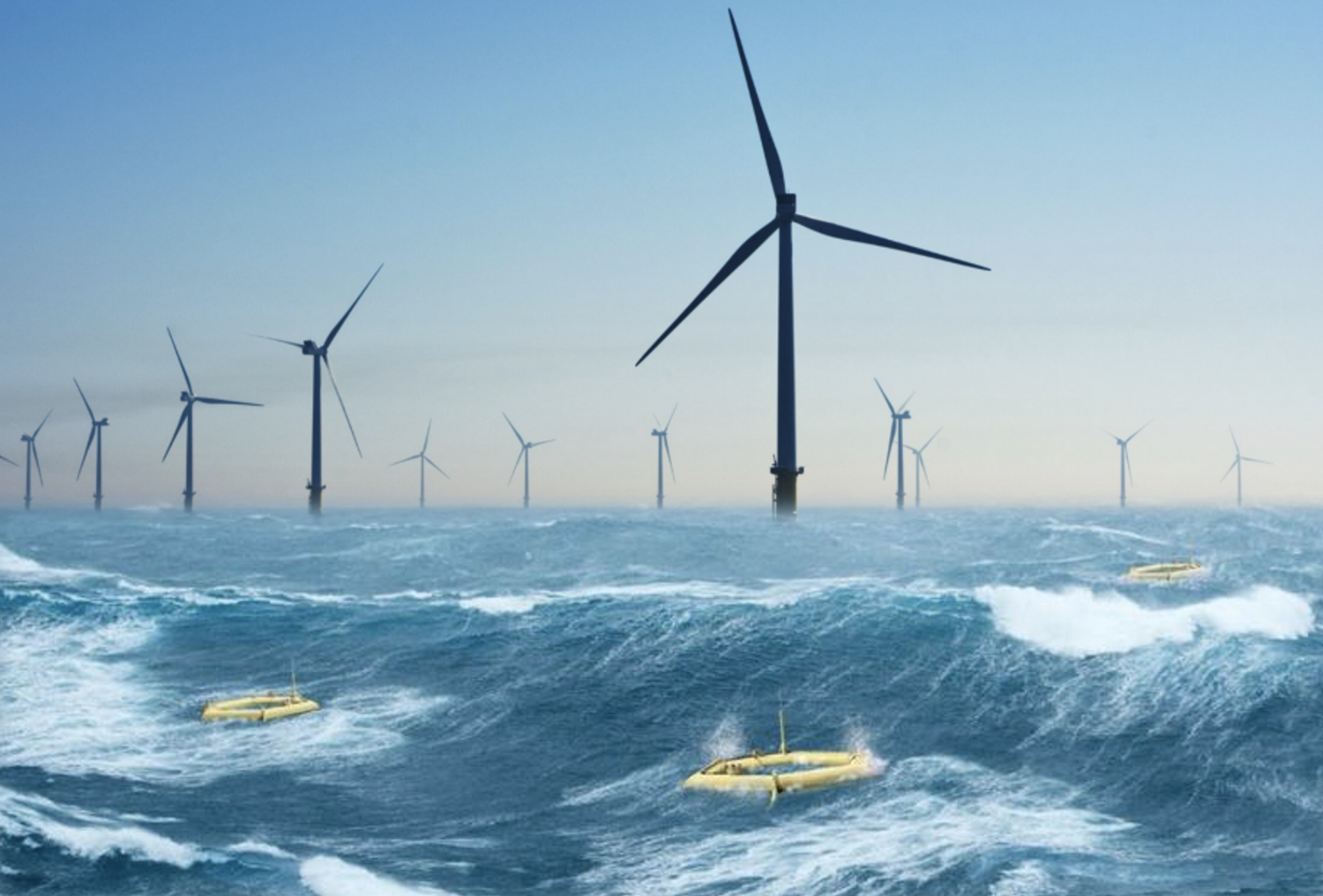
By Racquel Moses
The challenge/opportunity with financing offshore wind and floating solar are twofold. One we find that the maturity of the solutions available are not yet at mass adoption. Secondly the risk profile required for the investment puts the region at yet another disadvantage. We wholeheartedly agree that the region should be a pioneer and a petri dish for scaling solutions to entire populations. It’s the easiest way for us to develop new methodologies and serve as an example to the world.
The challenge is that the risk for us is high until these solutions are adopted at scale. From our vantage point what is needed are investors and philanthropists who see the vision and the potential that we do and governments to create policy frameworks that make it all possible. What we’re asking for in each instance is difficult. Of the investors, for the most part we’re asking them to work outside of their core markets, the primary markets for growth in wind at the moment are US and China. We are also looking to markets like the middle east. Like Trinidad and Tobago where I’m based their core industry is oil and gas, they understand energy. We need investors who understand energy, long term investment, and are willing to be the Netflix and not the blockbuster of global energy. What we’re seeking is non predatory experimentation in the region.

The majority of the investment in new solutions that are proven can be tested at scale within the region. For philanthropists we’re asking them to support these initiatives by using their grants or investments to de-risk these investments enabling them to take place. Finally, governments in the region need to develop mechanisms for dealing with unsolicited proposals that will allow them to capitalize on new opportunities with little risk and we are willing to support them in the development of those mechanisms.
What we’re seeing at the moment is the following is
Very little implementation compared to the need for the energy transition Cuba, Curacao, Guadeloupe and Jamaica are leading the region in wind and we’re not aware of any floating solar projects in the countries that we cover.

But… what the future holds is incredible potential.
How we’re addressing it is as follows.
-
We’re partnering with many innovative developers of new solutions and technologies and that component is really exciting to look at the potential that we have. We’re introducing them through the region to connect them to countries with the ability to implement. However, a requirement of ours though is being additive and philanthropy. We need the suppliers that we commit to in the region to understand that anyone that we work with needs to add to the region in an exponential way. We also need suppliers and investors to understand that as much as we need external investment, we want to share in the profitability that’s available. We want external investment but not at preferential or higher rates.
-
We have formed a Financial Advisory Committee, they are committed to transforming the climate action landscape within the region. This committee is made up largely of leaders of regional financial institutions and we provide them with projects on a monthly basis that are ready for investment or that we hope they are able to invest in with some derisking private grant capital. The investments that we want to see are patient and catalytic capital that will help us to really make a difference. Looking to the ocean for energy makes sense for us, as Ms. Gauri Singh described in her opening we have limited land masses. We are called Small Island Developing states but we are really big ocean states.
-
We just partnered with World Intellectual Property Organization to conduct training to entrepreneurs on blue economy opportunities because that’s where we need to see a great deal of development.
-
On the first of December we hosted a high level donor matchmaking event, where we shared 23 projects valued at 10.5 billion to the 5 philanthropic donors/investors that we had on the webinar. We plan to do three more of these next year, but what this event allows us to do, in addition to matchmaking funding to projects is to showcase new funding models that have the ability to be brought to bear to fund the innovations that we’d like to see.
At the end of the day we hope these 5 things happen:
-
Even more regional investors become involved, including the private sector.
-
That we can spur investment based on a mechanism that outlines for the private sector how much companies are spending or are “investing” in fossil fuels and assign a portion of that spend to investing in green solutions that we can build our economies on.
-
That we get more participation in UN Race to Zero campaign rallying non-state actors to take rigorous and immediate action to halve global emissions by 2030 delivering a healthier, fairer zero carbon world and UN race to resilience which seeks to catalyse a step-change in ambition for climate resilience, putting people and nature first where we thrive in spite of climate shocks and stresses. I serve as a global ambassador for both of those campaigns. The great thing for us is that energy transition is both a part of our climate adaptation and mitigation since Covid showed us the impacts of disruption in global supply chains including fossil fuels that would succumb to pandemics but also could be deleteriously impacted by hurricanes and storms.
-
Regional entrepreneurs participate in developing new solutions and considering the scale at which we’re talking I know this is a big ask. But what we know is that we produce excellence in the region. Not just in Olympics although the region dominates in the per capita medal count, not just in climate as the region has the highest concentration of contributors to the IPCC reports per capita, the first female Vice President of the US is half Jamaican.
-
That we find a way to live in harmony with nature so that we’re healthy, happy, fulfilled and safe in an altogether brighter tomorrow in which Big ocean states, our current underdogs continue our trajectory of punching well above our weight and are leading in providing green solutions that others can adopt.






